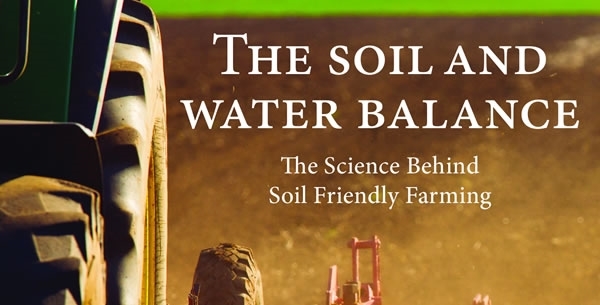By Prof. Chris Stoate Allerton Project Head of Research
Numerous options within agri-environment schemes provide an opportunity to encourage pollinating insects on farmland by creating diverse flower-rich areas where bees and other insects can forage. In our landscape scale catchment management experiment, 'Water Friendly Farming' creating ponds for wildlilfe or to act as sediment traps to protect areas downstream has inevitably left numerous areas of adjacent bare ground, ripe for the establishment of these pollinator habitats.
In recent summers, our Ecologist, John Szczur has been monitoring the use of these opportunistically created habitats by insects. The results provide a valuable insight into the role of vegetaton associated with newly created ponds for insect conservation on farmland.

One of the first observations was that in small wetland features such as small widened ditches and associated earth dams, wildflower mixtures failed to estabish, or were rapidly out-competed by naturally occurring plants. John's monitoring consequently concentrated on five larger ponds. He also surveyed nearby comparison sites which lacked ponds and newly created wildflower habitats.
Flies tended to dominate the insect community, making considerable use of Wild Carrot where this was available, but the focus of the study was on other pollinating insects comprising bumblebees, wasps, other Hymenoptera, butterflies and moths, beetles and true bugs. The proportion of each of these varied between sites, but bumblebees and butterflies and moths tended to be the major groups.
At the pond sites, bumblebees were recorded mainly on Birdsfot Trefoil and Spear Thistle, but with a range of other plant species also being visited, and at the comparison sites, Spear Thistle was by far the main species used, with Hogweed, Great Willowherb and Bramble also being visited regularly. Buterflies and moths used Creeping Thistle almost exclusively at the comparison sites, but around the ponds, made considerable use of Oxeye Daisy, Common Knapweed, Spear Thistle, Tufted Vetch, Birsdfoot Trefoil and Creeping Buttercup.
The number of flowering plant species was consistently higher at sites with ponds and sown margins than at comparison sites. At two of the sites, pollinator abundance at pond sites was more than twice that at the comparison sites, but for the remaining three sites there was no difference in the number of pollinators present.
These observations highlight the importance to pollinating insects of naturally occurring plant species such as thistles and willowherbs, and ditches, whether modified to reduce agricultural impacts on water, or as standard features in agricultural landscapes, provide an abundant source of such plants. Where there is more space to create new habitat, a greater range of sown plant species can increase the number and range of insect species present, and extend the period in which flowers are available to them.


Get the inside track on soil and water research
Priced at just £9.95, The Soil & Water Balance is a handy paperback which provides the inside track on soil and water research.
Presented in a Q&A style, much like last year’s popular Moorland Balance, this 100-page book looks at the problems and solutions on topics ranging from erosion and contamination, to the impact on songbirds and other wildlife.
Combining years of research at the GWCT's Allerton Project demonstration farm with tens of external scientific papers, this is a fascinating study of how farming can adapt to the challenges it currently faces.
Buy now >